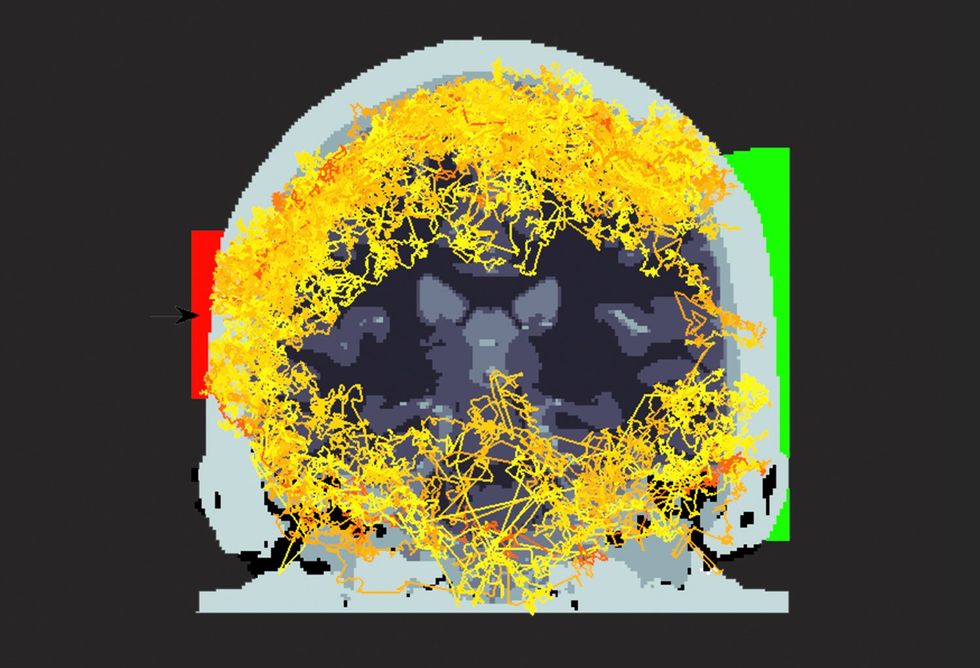Now Reading: Scientists Use Laser to Study Human Brain
-
01
Scientists Use Laser to Study Human Brain
Scientists Use Laser to Study Human Brain

Fast Summary
- Researchers at the University of Glasgow successfully transported photons through the entire human head using near-infrared light, a breakthrough deemed previously unachievable.
- The study involved sending photons from a laser emitting an 800-nanometer wavelength light into one side of a volunteer’s head and detecting them on the othre side. Only approximately one photon in a billion billion passes through fully.
- challenges included dealing with background noise and anatomical variations (skin color, skull thickness, hair style), which limited detection reliability across all subjects.
- The experiment demonstrated this feat but did not image deep areas of the brain. The technology remains in early stages and requires further refinement for practical submission.
- Potential applications highlighted include cheaper deep-brain imaging tools capable of assessing brain health conditions like cognitive decline or rapid stroke diagnosis-a feature currently dependent on expensive machinery like CT scans or MRIs.
Image: A visualization from researchers shows lasers penetrating through sections of the human head to detectors.
Indian Opinion Analysis
The achievement by scientists at Glasgow stands to revolutionize biomedical imaging methods globally if further developed into functional technology. For India, accessibility to affordable and portable deep-brain scanners could bolster public healthcare systems by aiding stroke treatment where time is critical or improving diagnostics for neurodegenerative conditions frequently enough mismanaged due to reliance on questionnaires rather than physical biomarkers.
Given India’s significant burden related to strokes and cognitive health disorders, low-cost diagnostic tools such as those inspired by this breakthrough could alleviate gaps caused by expensive imaging methods like MRI scanning-often inaccessible outside urban hospitals. However, scaling these innovations faces challenges in adapting for varied anatomical differences prevalent among diverse populations. India’s scientific community may find opportunities here for collaboration aimed at tailoring solutions specific to its demographic needs.
While practical implementation is likely years away due to hurdles in resolution accuracy and patient variability testing,developments on this front align with strengthening India’s emphasis on innovative tech-driven healthcare reforms within resource-constrained environments. Strategic investments could position India as both consumer and developer within transformative medical technologies based firmly on science-led breakthroughs.

























